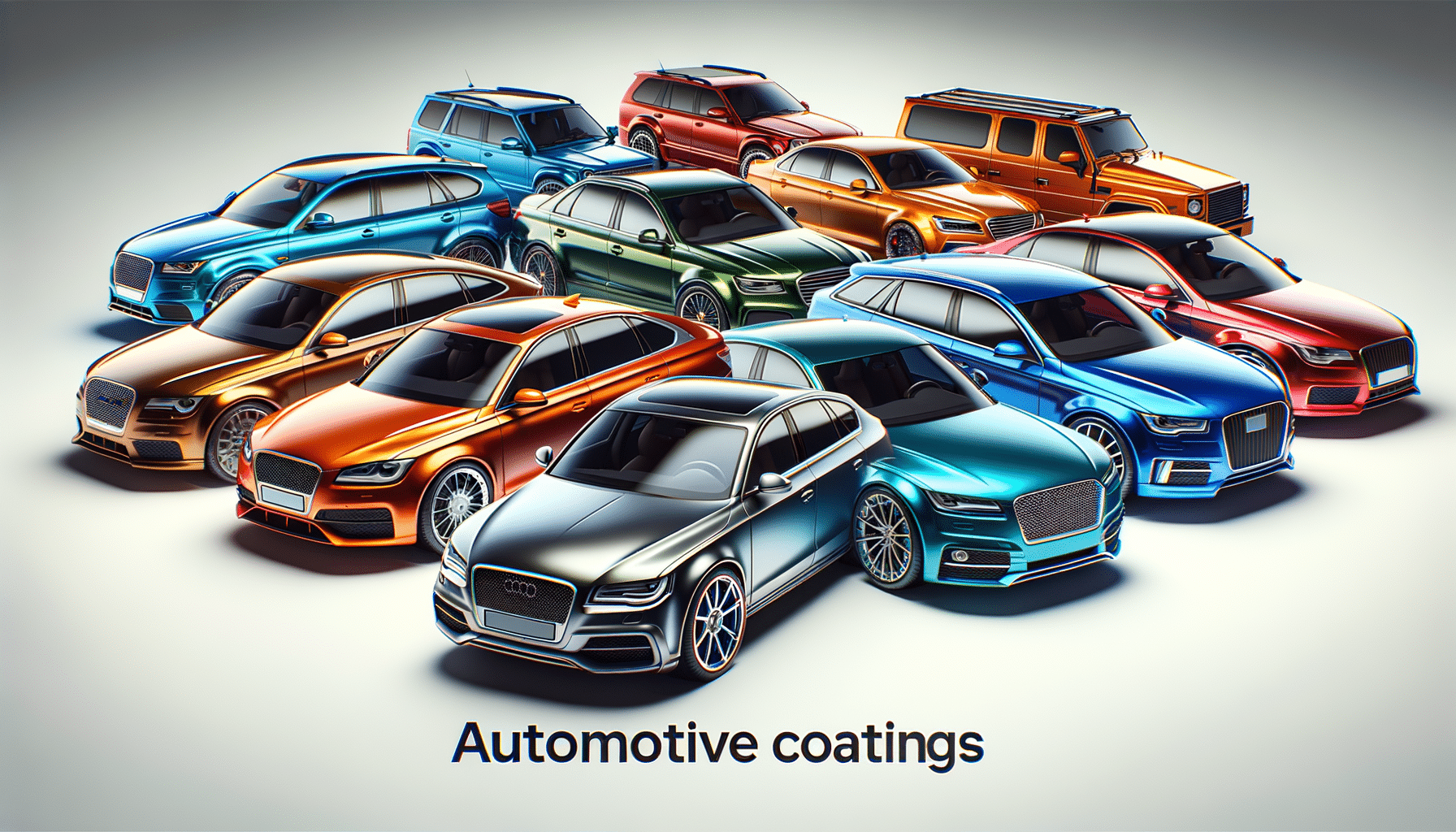
Enhancing Vehicle Appearance with Automotive Coatings
Introduction to Automotive Coatings
Automotive coatings play a crucial role in both the aesthetic appeal and the protection of vehicles. These coatings are designed to enhance the appearance of vehicles, providing a glossy finish that catches the eye. Beyond aesthetics, they serve as a protective barrier against environmental factors such as UV rays, rain, and pollutants. With the automotive industry continuously evolving, the demand for advanced coatings that offer superior protection and finish is on the rise. This article delves into the world of automotive coatings, exploring their types, benefits, and the technology behind them.
Types of Automotive Coatings
There are several types of automotive coatings available, each serving a specific purpose. The most common types include:
- Primer: This is the initial layer applied to the car’s surface, providing a smooth base for subsequent layers and improving adhesion.
- Basecoat: This layer contains the color pigments and is responsible for the vehicle’s color.
- Clearcoat: Applied on top of the basecoat, it provides gloss and protects against environmental damage.
- Specialty Coatings: These include anti-scratch and anti-graffiti coatings, which offer additional protection.
Each of these coatings plays a vital role in ensuring the longevity and appearance of the vehicle’s exterior. The choice of coating often depends on the desired finish, durability, and environmental conditions the vehicle will be exposed to.
Benefits of Automotive Coatings
Automotive coatings offer a range of benefits that extend beyond mere aesthetics. Some of the key advantages include:
- Protection: Coatings shield the vehicle’s surface from UV rays, oxidation, and corrosion, extending the lifespan of the paint.
- Enhanced Appearance: A well-applied coating provides a high-gloss finish that enhances the vehicle’s visual appeal.
- Ease of Maintenance: Coatings make it easier to clean the vehicle, as they repel dirt and grime.
- Resale Value: A vehicle with a well-maintained coating often has a higher resale value due to its preserved appearance.
These benefits make automotive coatings an essential consideration for vehicle owners looking to maintain their car’s appearance and value over time.
Technology Behind Automotive Coatings
The technology behind automotive coatings has advanced significantly, with innovations aimed at improving durability and environmental friendliness. Modern coatings are developed using advanced polymers and nano-technology, which enhance their protective qualities. These technologies allow for coatings that are more resistant to scratches, chemicals, and environmental pollutants.
Moreover, the shift towards eco-friendly coatings has led to the development of water-based and low-VOC (volatile organic compounds) coatings. These options reduce the environmental impact of painting processes and are safer for both applicators and the environment.
As technology continues to evolve, the future of automotive coatings looks promising, with ongoing research focused on self-healing coatings and even more sustainable solutions.
Conclusion
In conclusion, automotive coatings are an integral part of vehicle maintenance and enhancement. They offer protection, improve aesthetics, and contribute to the vehicle’s longevity. With advancements in technology, the range of coatings available continues to grow, providing vehicle owners with options that meet their specific needs and environmental considerations. For anyone looking to preserve the beauty and value of their vehicle, investing in high-quality automotive coatings is a wise decision.


